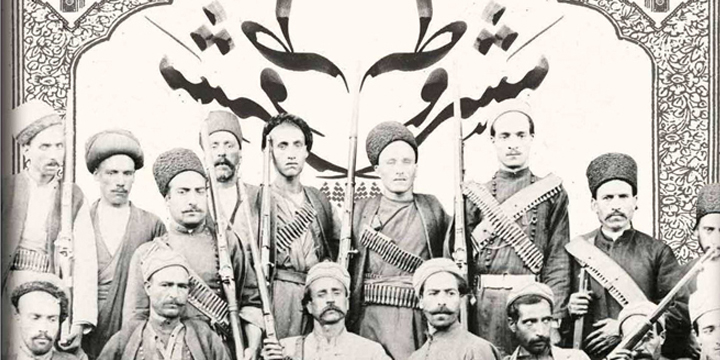
Tonight we will look at the1905 Constitution Revolution in Iran on its anniversary and find out what benefits it brought to our country, from the point of view of Iran’s historians like Ahmad Kasravi and Fereydoun Adamiat.
Obviously we will also look at the point of view of the current rulers of Iran about that revolution.
Tonight we will also find out how the risingtension between Iran and US is affecting the economic life of the Iranians.
Also, we will look at the consequences of the open letter by the 14 civil rights activists as more Iranians in exile offer their support for their demands.
One of the main problems of the Iranians duringtheir revolution of 1979 was that even their educated classes did not have much knowledge and understanding about Iran’s contemporary history, especially the role of the clerical establishment in it or what the religious movement wanted from the previous regime.
If they had any idea about the position of the religious leaders about the Shah’s reforms, at least the Iranian women who had been given the right to vote and enjoyed many social freedoms would not have opposed the Shah’s regime.
Also, the Iranian peasants played a very small role in the 1979 revolution as the land reform had changed their class structureinto an urban one, while the clerics had opposed it because the reform had undermined their traditional grassroots among the rural populations.
In short, the 1905 constitution revolution was a movement to curtail the absolute rule of the monarch in the same way as it happened in several European countries two centuries earlier and establish a parliamentary democracy, instead of running the country by the decrees of a despot.
 khalijefars News, Blogs, Art and Community
khalijefars News, Blogs, Art and Community








